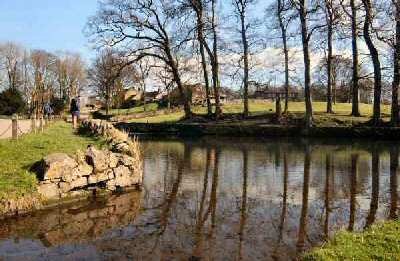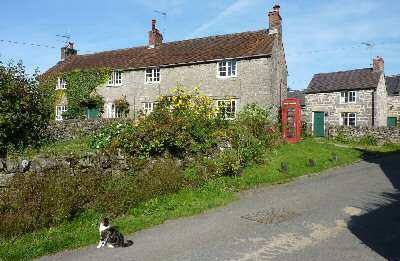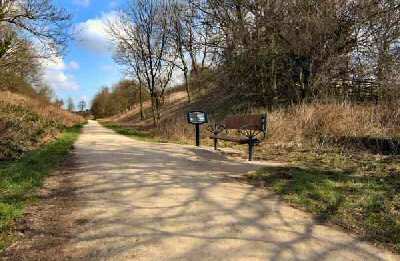TISSINGTON HALL
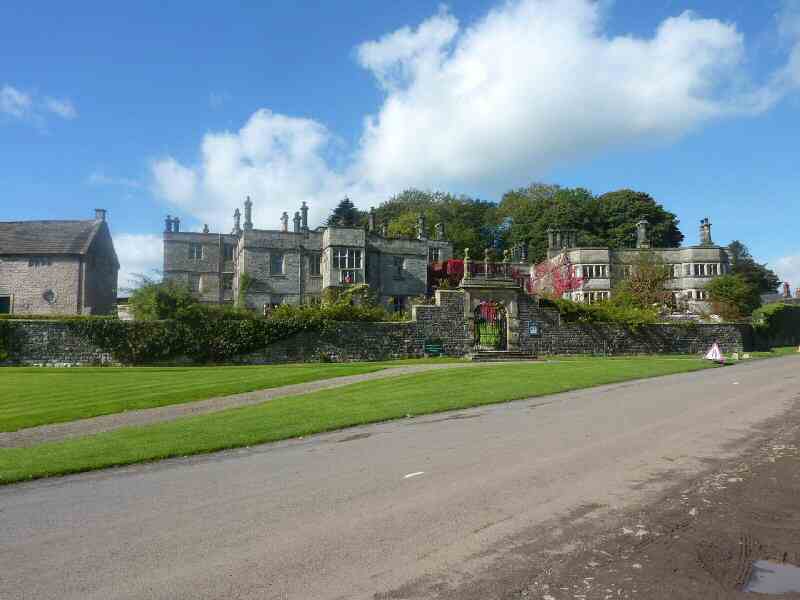
PLAN YOUR VISIT TO TISSINGTON HALL
Location: Off A515 from Ashbourne (3.5 miles) to Buxton, signed ‘Tissington’.
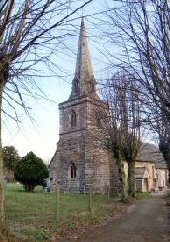
Visit: St Mary’s Church rises steeply above the main road through the village, with a sparkling stream flowing close to the entrance to the churchyard. Built early in the 12th century, but heavily restored 700 years later, it has a massive Norman tower, with four-foot-thick walls and a well-preserved Norman doorway. Inside, there is a baroque style 17th century memorial to the FitzHerbert family, a finely carved communion rail and an early Norman font, which bears crude symbolic carvings.
Refreshments: Herbert’s fine English Tearoom is very popular with visitors, and there is also a kiosk on the Tissigton Trail that opens at busy times. The Coach and Horses at Fenny Bentley provides dining room and bar facilities.
Ashbourne is a historic market town that lies in an attractive valley divided by the Henmore Brook, frequently referred to as the ‘Gateway to Dovedale’. But it is much more than that with its many fine buildings, good shopping facilities and attractive layout. Most of which has been protected since 1968 by Conservation Area status.
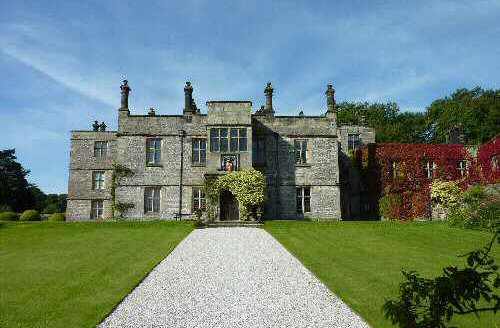
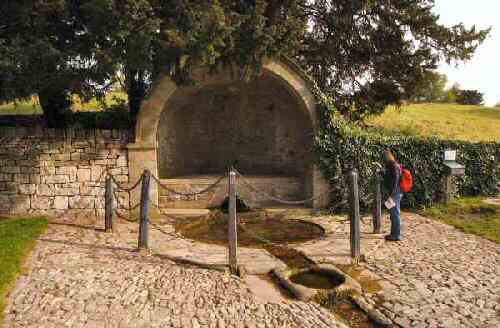
TISSINGTON HALL
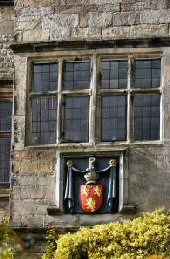
Tissington is one of the prettiest and most unspoilt villages in the country, and a sense of something rather special fills the minds of visitors who enter the village off the main Ashbourne to Buxton road. First, you pass through large rusticated lodge gates and then along an avenue of 200-year-old lime trees. Surprisingly, the village is reached before the hall, with its pretty limestone cottages and well-tended gardens behind wide grass verges and backed by mature trees. Between 1830 and 1860, most of Tissington was rebuilt in traditional local style.
Tissington Hall, a fine Jacobean Manor House, stands in a slightly elevated position above the road behind a walled garden. The wall is broken only by a handsome 17th-century gateway with wrought iron gates by the famous Derbyshire blacksmith, Robert Bakewell. The house was built in 1609 by Francis FitzHerbert, but extended by his descendants. It replaced an earlier hall, which stood on the opposite side of the road within the confines of an ancient Derbyshire Hill fort.
Sir Richard FitzHerbert, the 9th Baronet, and Lady Caroline FitzHerbert and their children occupy the hall. The FitzHerberts have owned the estate for over 500 years, but have managed to retain the village’s quiet dignity and charm, while at the same time ensuring modern-day needs are met.
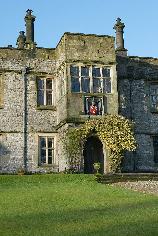
For those people who have not been on one of the popular escorted tours of the hall, their most lasting impression probably is the impressively long facade of Tissington Hall and its outbuildings. It fits into the surroundings perfectly, creating a feeling of importance and grandeur, but without imposing itself too much on the exquisite village scene.
The Entrance Hall is the largest and most impressive room in the building, with its magnificent oak panelling with intersecting arches topped with a deep dado with Gothic arch motifs in plaster. An elaborate Gothic chimneypiece with a mantelpiece in Hoptonwood stone adds further to the status of the room. The handsome Dining Room also follows the same style. The attractive gardens laid out by William Barron and Sons in 1913 open out into terraces and provide good views in all directions.
NOTE: Tissington is a great place to visit at any time of the year. Please refer to the Tissington Hall website for further details.
